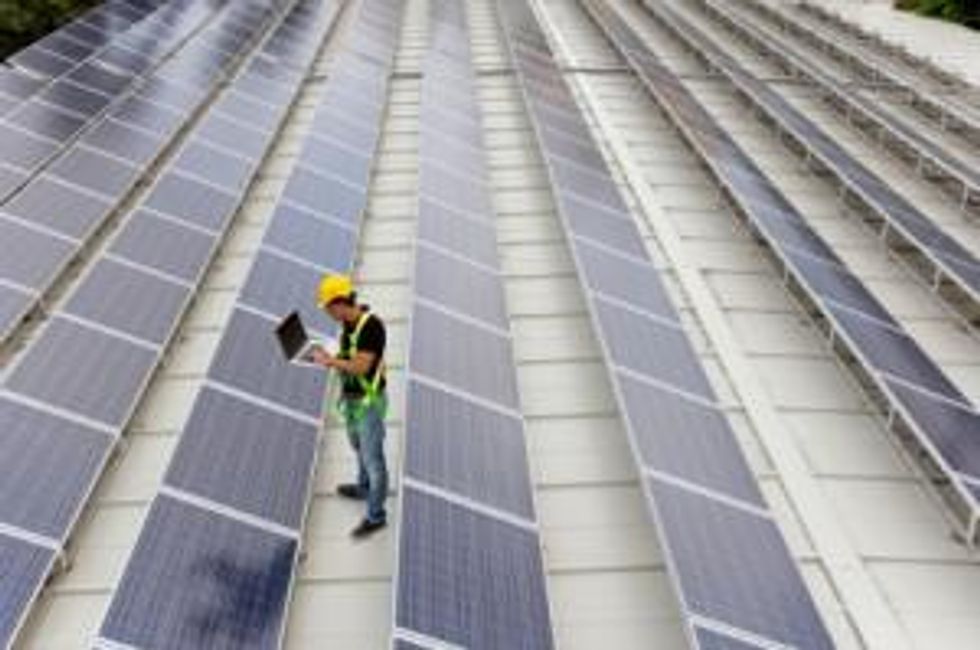New Solar Technologies to Challenge Tellurium-based Panels
New solar technologies have the potential to disrupt the market for cadmium-telluride solar panels, but long lead times for new technologies and expanding applications are keeping tellurium in demand.
Researchers at the Technion — Israel Institute of Technology have discovered a way to split water molecules into hydrogen and oxygen by combining the power of the sun and ultrathin films of iron oxide, or rust.
The process could create waves for existing photovoltaic cell systems, which currently rely on cadmium-telluride cells or silicon-wafer methods to convert sunlight into electricity.
Using iron oxide as a catalyst, sunlight breaks the bonds of water molecules, releasing electrons and producing a charge while also creating hydrogen. Long held as the “holy grail” of clean-energy production, water-splitting technologies like Technion’s new scheme hold a number of potential benefits over existing technologies; for example, they boost efficiency and reduce the costs associated with more expensive rare earth and critical metals like indium and tellurium.
Iron oxide’s abundance, low price point and ability to remain stable in water are strong selling points, and unlike other semiconductor materials, the American Technion Society noted that it “can oxidize water without itself being oxidated, corroded, or decomposed.”
The new light-trapping technique, developed by Professor Avner Rothschild at the Technion — Israel Institute of Technology, has also overcome a previous barrier: the material’s inefficiency at transporting an electrical charge.
“Our light-trapping scheme overcomes this tradeoff, enabling efficient absorption in ultrathin films wherein the photogenerated charge carriers are collected efficiently,” Rothschild told American Technion.
“The light is trapped in quarter-wave or even deeper sub-wavelength films on mirror-like back reflector substrates. Interference between forward- and backward-propagating waves enhances the light absorption close to the surface, and the photogenerated charge carriers are collected before they die off.”
Simultaneously producing electricity and hydrogen, these solar cells are said to efficiently store energy for use any time, 24 hours per day. That gives these cells a significant advantage compared to conventional photovoltaic cells.
Market impacts premature
Iron oxide is not the only semiconductor that attempts to split water molecules to create hydrogen and electricity. Recently, researchers at Stony Brook University have been successful at using gold nanoparticles to create hydrogen.
Cobalt has also been identified as being a prime candidate for low-cost hydrogen production from water splitting.
But despite the potential splash these water-splitting techniques could hold for solar markets, new technological developments take years to enter established market places, especially in the case of billion-dollar infrastructure projects, which can have return on investment timeframes of 20 to 30 years.
Cadmium-telluride solar panels’ current advantages in the marketplace include their low production cost, ability to achieve large-scale power production and efficiency.
Current global production of tellurium stands between 400 and 500 tonnes annually, according to the US Geological Survey. The solar industry currently makes up a significant amount of demand for the metal, but uses of tellurium are expanding. Refrigeration, digital storage and thermoelectric applications in an expanding number of electronic devices have also become important driving factors in tellurium demand over the last couple of years.
Securities Disclosure: I, James Wellstead, hold no direct investment interest in any company mentioned in this article.
